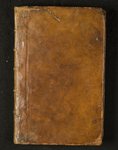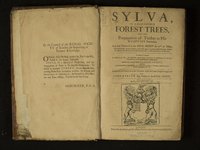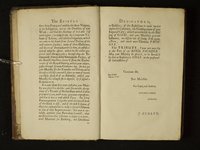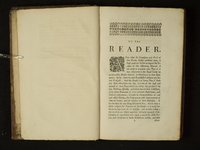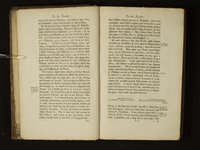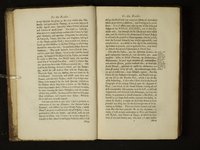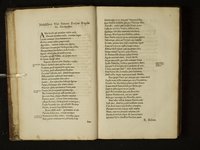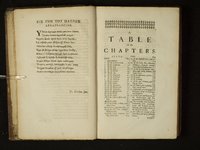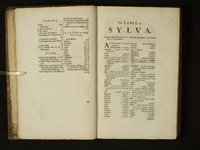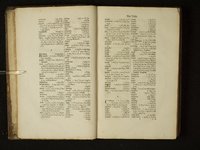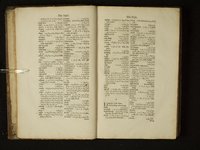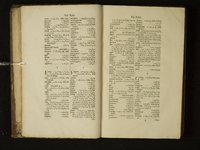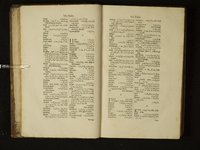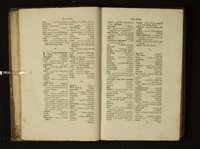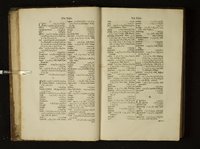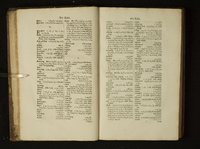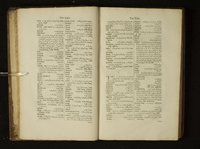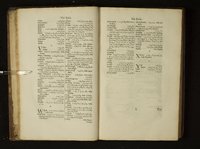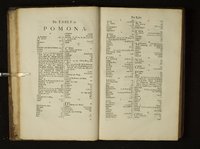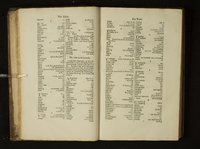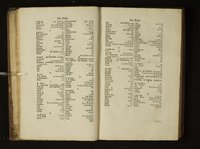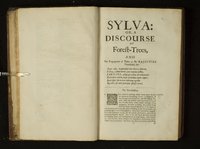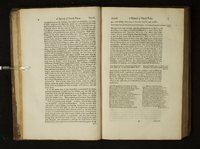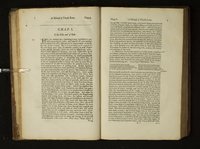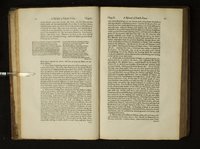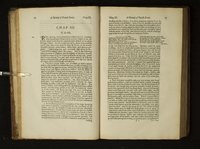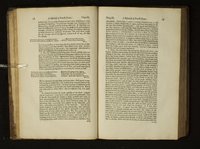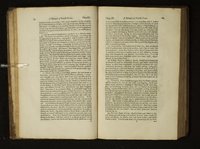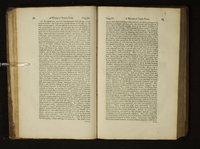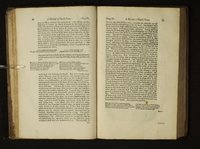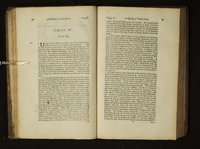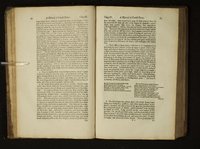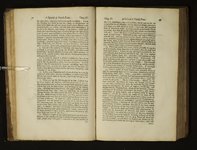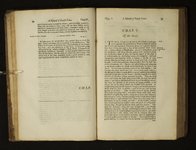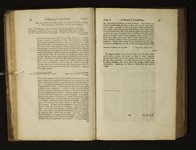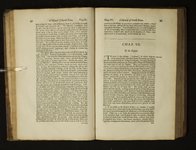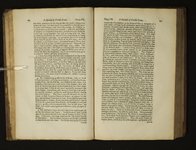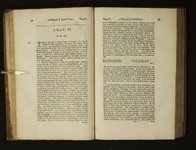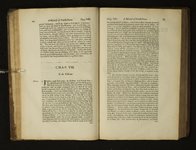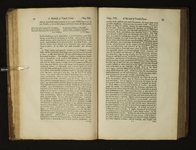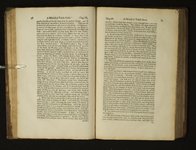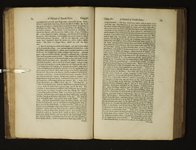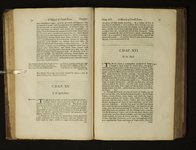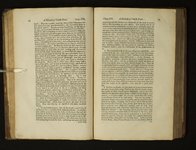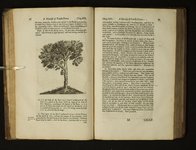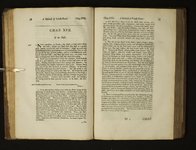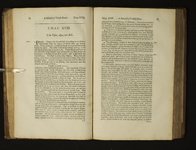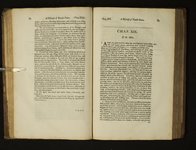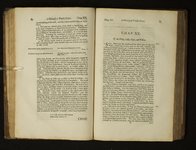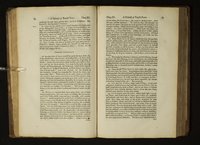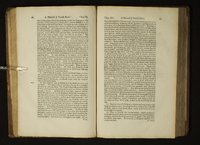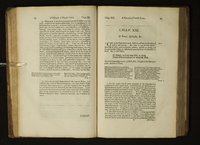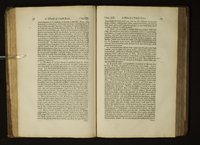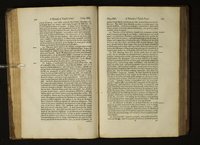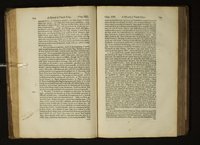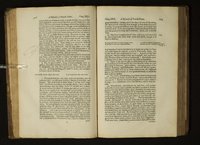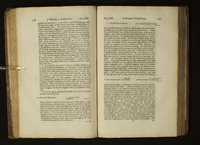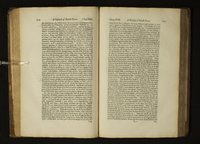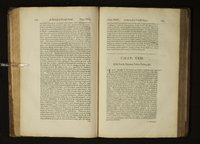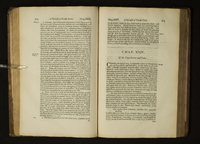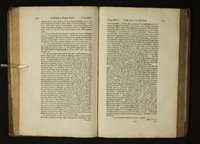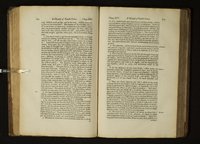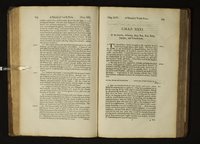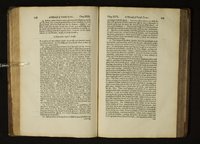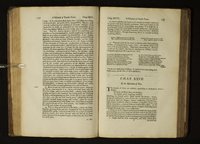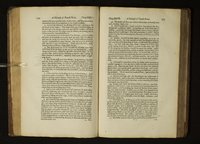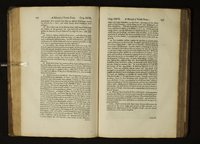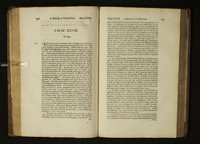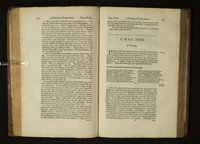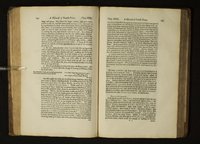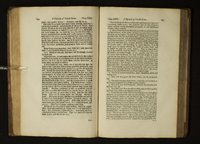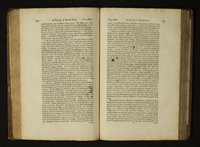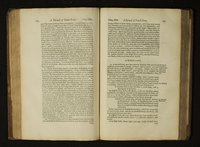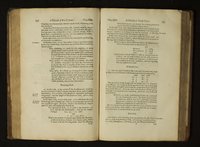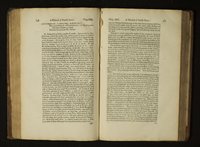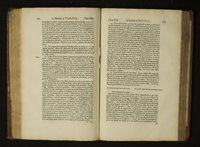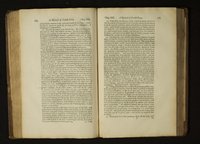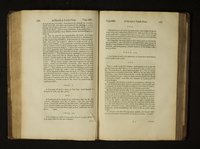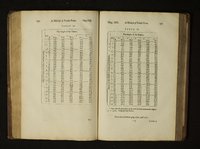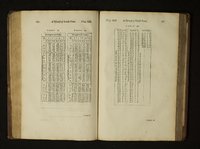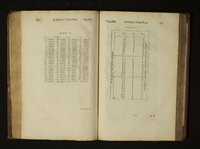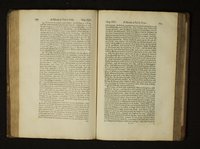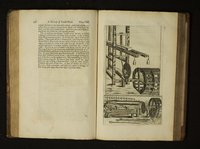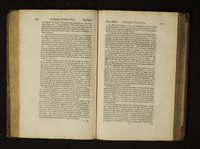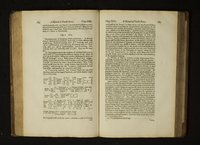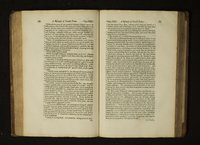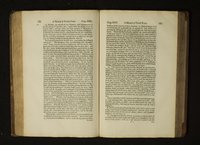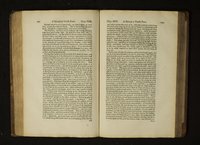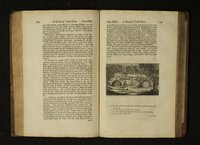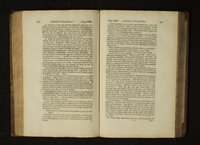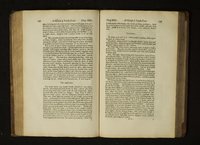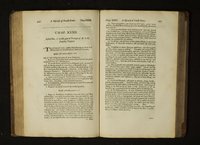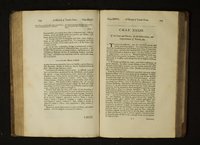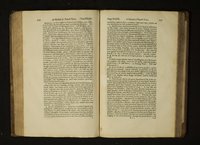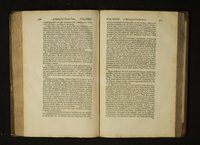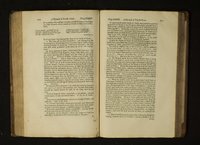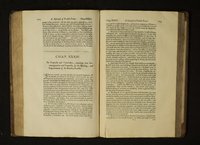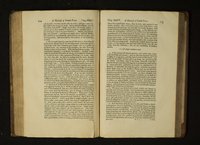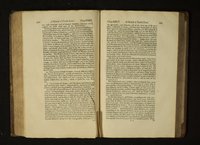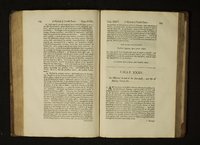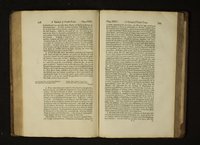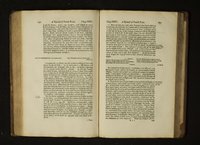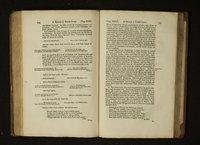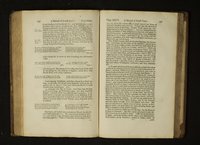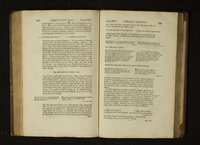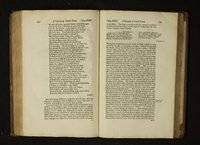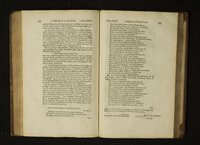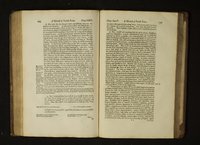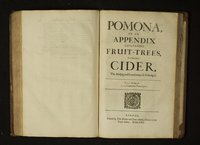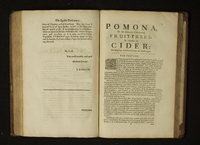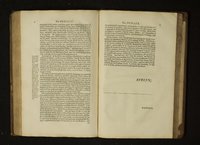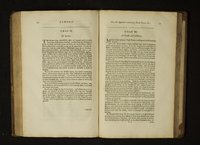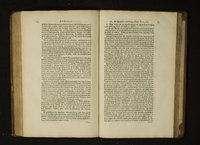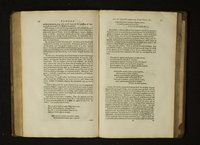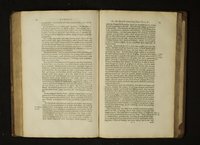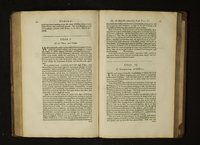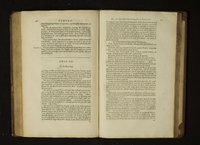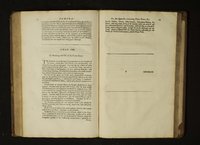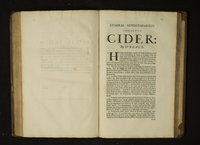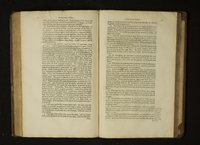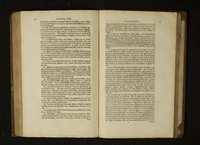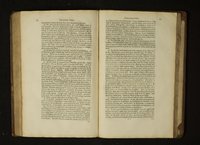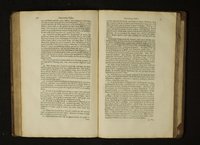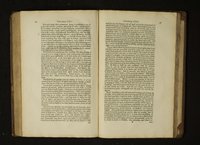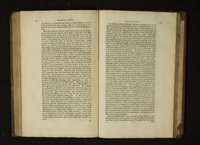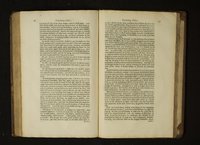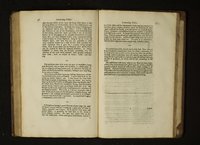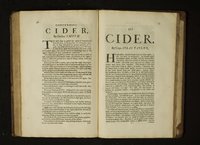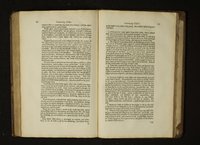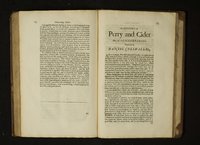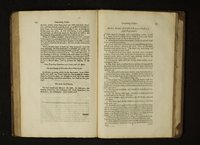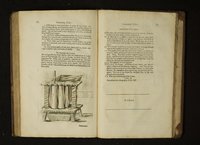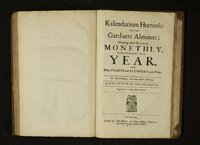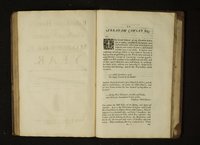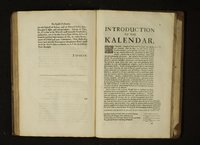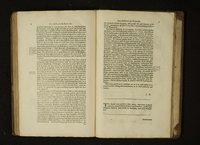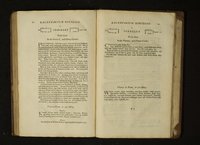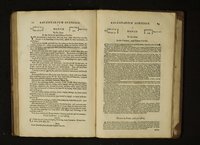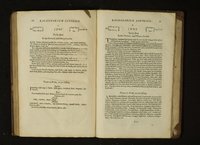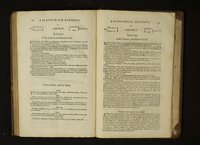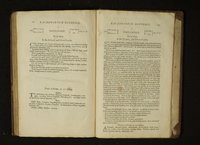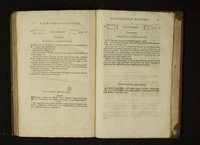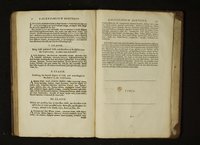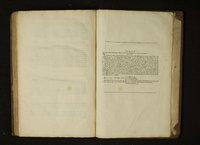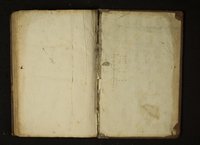| OCR Text |
Show A Difcourfe of Foreft-Trees. Chap.II. Sylva) throw your Oak, Beech, Afb, Nuts , all the Glaxdiferous Seeds, Afaf?, and Key-bearing kinds , fo as theylie not too thick , andthen coverthem very well with a Kake,or fine-tooth'd Harrow, asthey dofor Peafe: Or, tobe more accurate, you mayfet them as they do Beans (efpecially, the Nuts and Acorns) and that every Species by themfelves, for the Roboraria, Glandaria, Ulutaria, &e. whichis the better way: Thisis to be done at the latter end of October, for the Autumnal fowing ; and inthe lighter ground about Februaryfor the Vernal. ‘Then fee yout hopefull Grove with Acorns fown, Proinde nemus [parfa cures de glande parandaum : Sed tamen ante tuo mandes quamfemina campo $ Ipfe tibi duro robustus vomere foffor Omnuefolumfubigat late, explanctque fubadum Cumque novus fifo primumde germine ramus Findit bumum, rurfus ferro verfanda bicorni Confita vere novotellus, cultuque frequenti Exercenda, herba circum ne Left noxious Weeds ore the young Wood prevail : f forte nocentes sround with toyle large meanour/add, Preveniant, germenque ipjumradicibus arant. To bar Nec cultu campumcunttantem srgere frequenti, Good-hu andrywill force a Ground that’s bad. Et faturare fimo pudeat, fiforte refistat. Culture : mamtristis humus fuperawda colendo ef. Rapiaus/.2. Bute’re your Seed into the Field be thrown Withcrooked Ploughfirft let the lufty Swain Break-up,and ttubborn Clodds with Harrow plain. Then when the Stemm appears, to make it bare And lighten the hard Earth with Hough, prepare. Hough in.the Spring : nor frequent Culturefail, TY SY i ais i 4 Note that 6 Bufiells of Acorns will fow or plant an Aker, at one foots diftance. 3. Your Plants beginning nowto peep fhould be earthed up, and comfortedalittle ;_efpecially, after breaking of the greater Froffs, and whenthe {welling mould is apt to fpue them forth; but when they are about an zzch above ground you may in a mot feafon, drawthemup wheretheyaretoo thick, and fet them immediately in other /ives, or Beds prepar'd for them; or you mayplant them in double foj/es, where they mayabide for good and all, and to re- maintill they are of a competent {tature to be Tranjplanted; where Chap.I. A Difcourfe of Foreft-Trees; (the Adon decreafing) re-cut them at half a foot from the firface 3 and then meddle withthem no more: but this (if the ae morefevere than needs ) muft be done witha very tharp Inftrnment and with care, leaft you violate, and unfettle the Root 5 which is likewife to be prattis'd uponall thofe which you did not Tranfplant unlefs you find them very thriving Trees; and then it {hall fuffice to: prune off the Branches, and {pare the Tops 3 for this does not only greatly eftablith your Plants by diverting the Sap to the Roots : but likewife frees them from the injury and concuffions of the Winds, and makes them to produce handfom, ftreight Jhoots, infinitely preferableto fuch as are abandon’d to Nature, and Accident, withoutthis difcipline,: By this means the Oak will become excellent Tizeber, {hootinginto {treight and fingle stems,: The Chefi-nuts 4p, Gc. multiply into Poles, which you may reduce toStaedards at pleafure: To thisI add, that as oft as you make your annual Tranfplanting, Out of the Nurféry, by drawing forth the choyceft Stocks,the remainderwill be improved by a due ftirring and turning of the ~ould about their Roots. 5+, Theopbraftus in his third Book de Caufés c.7. gives us great caution in planting to preferve the Roots, and efpecially the Earth adhering to the fmalleft Fibers ,. which fhould by no means be fhaken off, as moft of our Gardzers doto trim and quicken them as they pretend, whichisto cut them fhorter, &c. not at all confidering, that thofe tender Hairs are the very mouths and Vehicles which fuck in the nutriment,and transfufe into all the parts of the Tree, and that thefe once perifhing, the thicker and larger Roots hard and lefs {pungie,fignifie little but to eftablith the Stem: as Thave frequently experimentedin Orange-Trees, whofe Fibers are fo very obnoxious to rot, if they take in the leaft excel of wet 5 And therefore Cato advifes usto take care that we bind the would theyfhouldbe fet at fuch diffances as their feveral kinds require ; but if you drawthem onlyfor the thinning of your Sewinary, prick theminto fome empty Beds (or a Plantarium purpofely defign’d) at one foot 7#terval, leaving the reft at two or three. about them, or transfer the Roots in Baskets, to preferve it from forfaking them; For this Earth being already applied and fitted 4. WhenyourSeedlings haveftood thus till June,beltow a flight pair their lofs, furnifh their ftock, and proceed in their wonted digging upon them, andfcatter a little wumgy, half rotten Litter, Fearn, Bean-hame, or old Leaves among them, to preferve the Roots from {corching, and to entertain the moifture ; and then in Asarch following (by whichtime it willbe quite confum’d and very mellow) you fhall chop it all into the earth, and mingle it together: Continue this preceff for two or three years fucceflively; For till then, the fubftance of the Kerwell will hardly be fpent in the plant, whichis of maineimport; but then (and that the ftature of your young Impes invite) you mayplant them forth, carefully taking up their Roors,and cutting the Stew within an znch of the ground (ifthe kind, of whichhereatter, fuffer the Anife) fet them where theyare to continue: Ifthus you reduce them tothe diftance of fortyfoot 5 the Intervals maybe planted with 4/2, which maybe fell’d either for Poles, or Timber without the leaft prejudice of the Oak, fome repeat the cutting we fpake of the fecond Year, and after Afarch (the to the overtures and mouths of the Fibers, it will require fome time to_bring themin appetite again to a new mould, by which to re- Occonomy without manifeft danger and interruption : Norlef; ought our careto be in the making and drefling of the pits and foffes into which we defign.our Tran/plantation, which fhould be prepar'd and left fome time ope to macerating Rains, Frofts and Sun, ‘that may refolve the compatted Sa/t, render the Earth friable, mix and qualifie it for aliment, and to be moreeafily drawnin and digefted by the Roots and analogus Stomack of the Trees : Thisto fome de- gree maybeartificially done, by burning offraw in the newly opened Pits,and drenching the ould with Water; efpecially in over dryfeafons, and by meliorating barren-ground with fweet, and comminuted letations. 6, The Authorofthe Natural Hiftory,Piiny,tells us it was a vul- gar Tradition, in his time, that no Tree, fhould be Removed undertwo yearsold, orabove three: Cato would have none Tranfplanted tt |

